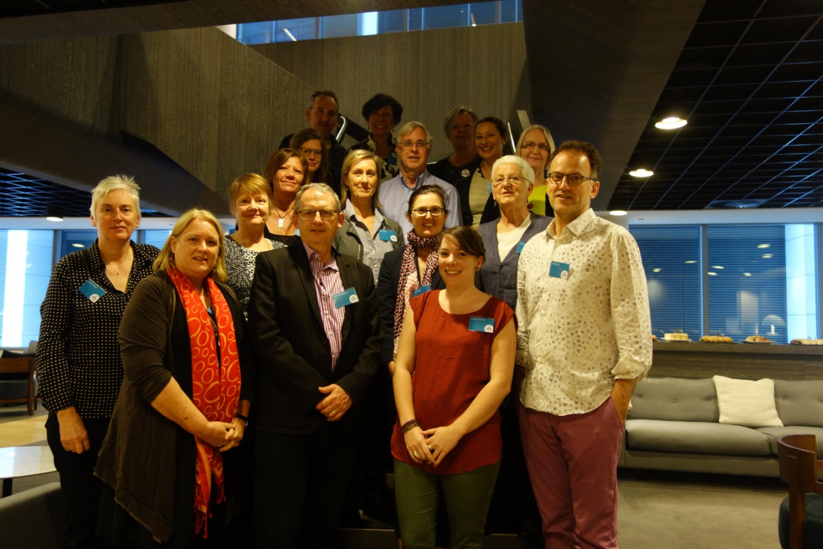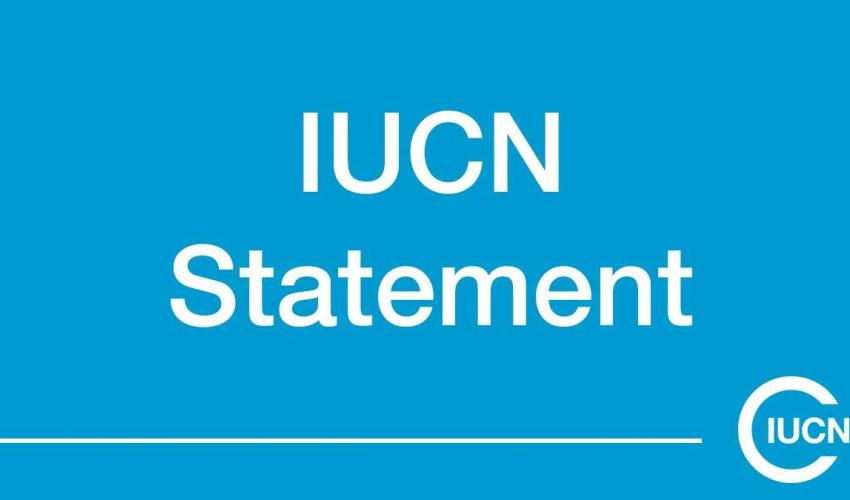Rights-Based Approaches to (World) Heritage Management – Australian Practitioner Perspectives
What difference does it make to apply a rights-based approach to heritage management? What are the barriers and enabling factors? Aware of the dialogue concerning human rights and World Heritage processes and outcomes, sixteen natural and cultural heritage practitioners and policy-makers from five Australian States participated in a Round Table to discuss these questions in Melbourne in October 2015.

Photo: K. Buckley
The Round Table model was used to complement other research activities, and focused specifically on practitioner perspectives. The Round Table model is compact, allowing robust and open-ended discussion. It cannot represent every experience, but can capture key issues and ideas in ways that can contribute to a continuing dialogue, both locally and globally.
Work at the national level is essential in order to look in more depth at how rights-based approaches to heritage management could be more widely applied. This could directly help to improve outcomes for Australia’s heritage and World Heritage, and is needed so that local experiences can contribute to the international dialogue. Global standards are useful, but it is necessary to also tailor them to specific situations. Consistent with the recently launched Australian Heritage Strategy there is a needed leadership role for the Australian Government, and opportunities for collaboration.
The Round Table found that Australian natural and cultural heritage practitioners and policy makers are interested in applying rights-based approaches, but need greater knowledge and capacity to effectively work with the full diversity of rights issues.
The rights of Australia’s Indigenous peoples – including the need for ‘FPIC’ (free prior and informed consent) is the most readily identified priority in developing rights-based approaches to World Heritage and heritage management generally. There was a high degree of awareness of the Declaration on the Rights of Indigenous Peoples (UNDRIP), and the legal, policy and professional framing in Australia to recognise these rights (including the recognition of Native Title).
Ten key points indicate the outcomes of the Round Table, and form the basis of recommendations for future work.
1. A ‘do no harm’ orientation could be a useful starting point.
2. Rights-based issues are often considered through existing heritage practices for recognising social significance, or through processes for community involvement. However, rights holders cannot be treated as ‘stakeholders’ because the responsibilities and obligations are not the same.
3. There are different types of rights and rights can conflict.
4. Legal Frameworks for Human Rights need to be better understood by practitioners - and could be an enabling factor for rights-based approaches.
5. There are specific issues for Heritage Consulting. Legal requirements and standards are useful in facilitating better practices.
6. Managing and minimising risk is a particularly strong focus for many actors, especially for government and the private sector – and could be a key driver of beneficial change.
7. Identifying mechanisms of accountability and measuring outcomes is needed. There are assumptions that rights-based approaches will improve conservation (eg. reducing conflict and aligning with traditional knowledge), but more evidence is needed about the social, environmental and political outcomes.
8. Better social research is needed to implement community consultation approaches.
9. At the same time as identifying barriers to applying rights-based approaches, there is also a desire to promote the benefits of recognising rights in heritage practices.
10. There is value for Australia in contributing to the development of an international consensus.
Finally, there are specific issues for the development of rights-based approaches for Australia’s World Heritage (currently comprised of 12 natural, 4 ‘mixed’ and 3 cultural properties). These need more discussion and include the implications of rights-based approaches for the processes articulated in the World Heritage Operational Guidelines, such as preparation of nominations, evaluation of properties nominated for the World Heritage List, and management of properties. For example, there are particular issues that arise when World Heritage properties have been inscribed for their natural values, but are considered by Traditional Owners to be of cultural significance; and World Heritage listing can generate tourism pressures that have impacts on cultural practices and the rights of Traditional Owners.
Kristal Buckley AM, Lecturer in Cultural Heritage, Deakin University Australia, kristal.buckley@deakin.edu.au
The Round Table report is available on request. The Round Table was supported by Australia ICOMOS and the Australian Committee for IUCN, and was hosted by Deakin University’s Alfred Deakin Institute for Citizenship and Globalisation and Cultural Heritage Centre for Asia and the Pacific. The Round Table was part of a research program: ‘Understanding Rights Practices in the World Heritage System: Lessons from the Asia-Pacific’ funded by the Swiss Network for International Studies (SNIS); and the ‘Our Common Dignity’ initiative - a joint international program between ICOMOS, IUCN and ICCROM with a focus on rights-based practices in the World Heritage system, funded by the Government of Norway and led by ICOMOS Norway (see: http://www.icomos.no/whrba/).



